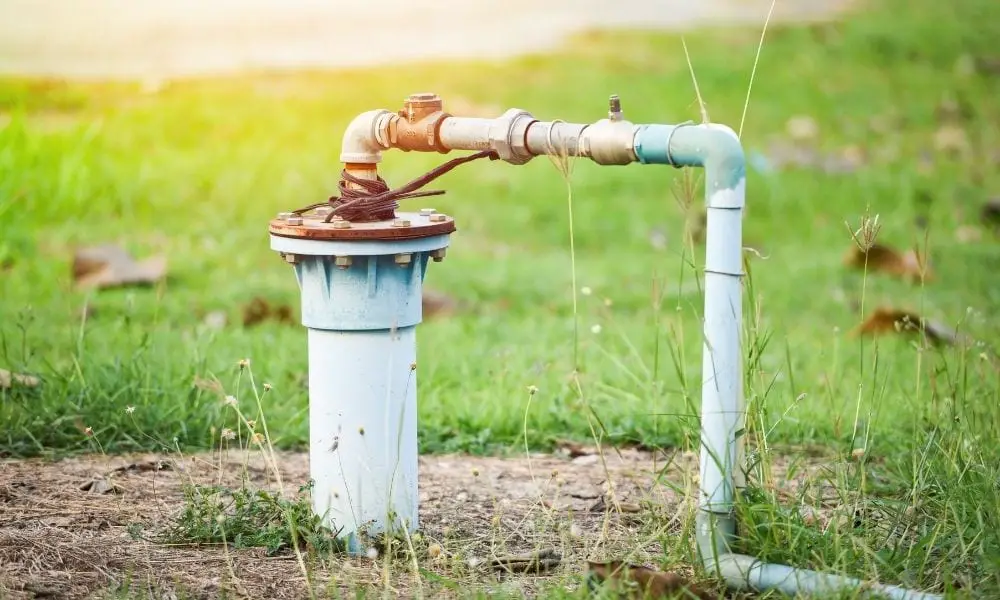

We use gallons upon gallons of water each day. To ensure that that water is safe for drinking, bathing, and cooking, municipal water treatment plants work hard to purify incoming water and render it safe for human consumption. In many parts of the country, American drinking water is among the world’s cleanest. Learn how municipalities treat their water, and all the filters, pumps, and pipes that go into this process.
After filtering out large solid objects from the water, processors treat the water with a combination of metal salts, usually comprising iron, aluminum, sulfur, and chlorine. The positively charged ions bond with the negative charges of the pollutants in the water, causing these heavier particles to sink to the bottom. The industry refers to this sediment as floc.
Next, a series of filters purify the water by removing the sediment and chemicals until it is clean. During this stage, the pumping mechanisms are critical to proper water treatment. Issues with the submersible pumps, such as clogs and leaks, can be catastrophic to the process.
Because filtration cannot capture all pathogens and chemicals, the water goes through a disinfection process. Chlorine, in elemental form or as part of compounds, is the most common chemical disinfectant. Treatment plants also use ultraviolet light and ozone gas to further disinfect water. Aerating the water and exposing it to UV rays will accelerate the evaporation of chlorine from the water on its way to storage and end use.
Water treatment doesn’t end after disinfection. Many communities fluoridate their drinking water to prevent tooth decay in the community, a public health initiative that has reduced cavities in the population since its advent in the mid-20th century. You can learn more about how municipalities treat their water by contacting your local government for quarterly or annual reports on water treatment.
FAQ
Because filtration cannot capture all pathogens and chemicals, the water goes through a disinfection process. Chlorine, in elemental form or as part of compounds, is the most common chemical disinfectant. Treatment plants also use ultraviolet light and ozone gas to further disinfect water. Aerating the water and exposing it to UV rays will accelerate the evaporation of chlorine from the water on its way to storage and end use.
Additional Resources:
Fluoride
Magnesium
Ocean
Trees
Discover how thoughtful storage design eliminates downtime and boosts efficiency. Enjoy these strategic tips sure…
Your business’s plumbing system is a convenient part of your operations, so having preventative maintenance…
Discover how smart fleet management transforms operations into profit centers through real-time visibility, predictive maintenance,…
Discover smart wine storage solutions for hot summer months without air-conditioning. Keep your bottles safe…
Throwing a wedding is exciting and stressful, as you try to make it exciting for…
Transform your living space into a luxurious retreat with these expert design strategies that introduce…